Healthy soil breathes like a living creature — it inhales oxygen from the air, circulates it through the gaps between soil particles, and uses the oxygen to support life. When it’s waterlogged or lacks oxygen, it is unhealthy like a person with pneumonia, lungs full of fluid.
Fortunately, you can rehabilitate some anaerobic soil. If you’re looking for a diagnosis and a cure, this quick guide will help you fix your anaerobic soil.
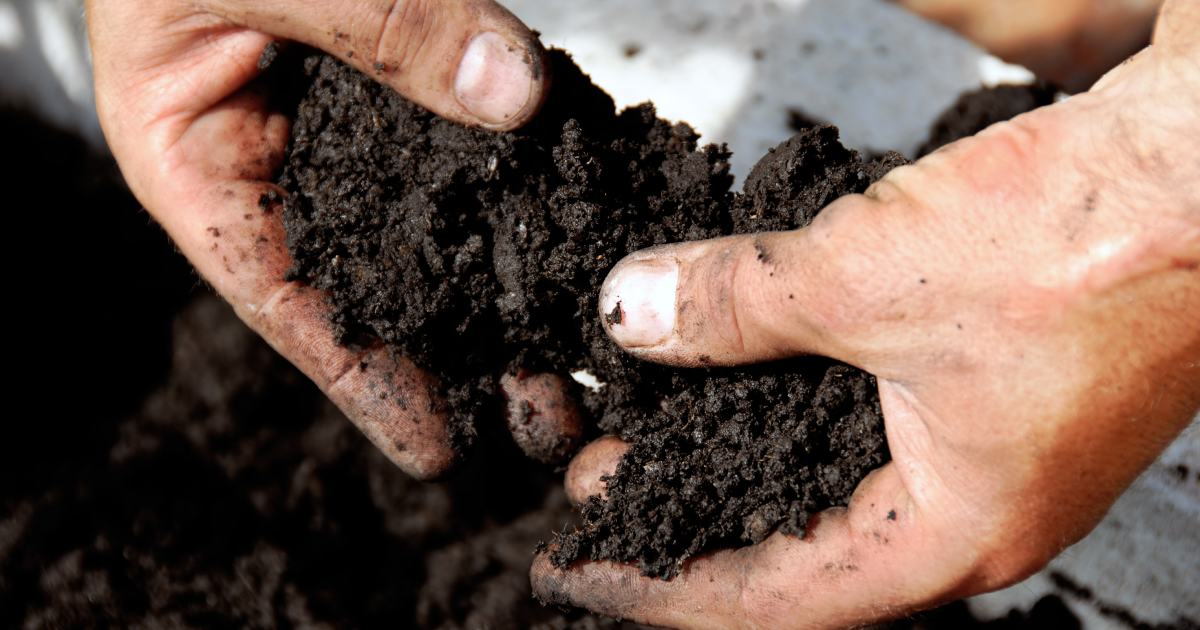
How to Fix Anaerobic Soil
To improve anaerobic soil, you need to change the overall environmental conditions, not just the soil itself. If the current landscape created anaerobic soil once, it would likely do it again. That means if you want to grow a garden in an area that is currently anaerobic, you should use a three-step strategy:
- Identify if and why your soil is anaerobic.
- Determine if it can and should be fixed.
- Fix the underlying conditions that made your soil anaerobic and the soil itself.
What is Anaerobic Soil?
Do I Have Anaerobic Soil?
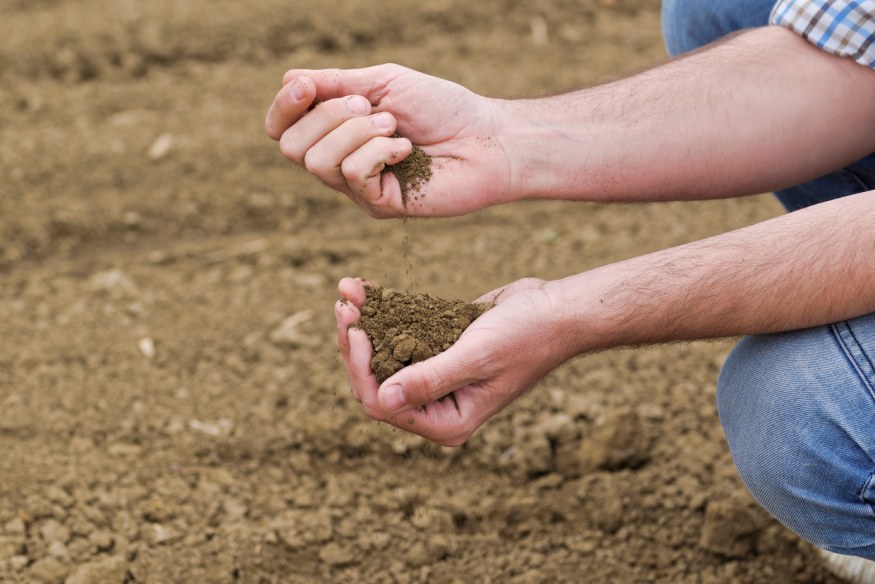
The surrounding environment is full of clues for diagnosing anaerobic soil. Is the soil the low point in the neighborhood or your yard? Do your gutters drain onto the area? Do you compact it by driving vehicles onto it frequently? Do plants that grow fine in the rest of your yard keep dying off in one depressed area?
It also helps to look at the soil itself. Are there visible clay deposits? Do you notice a lack of color in the soil (anaerobic bacteria consume ferric iron, for example, and turn it a colorless grey)? Do puddles take longer than you’d expect to absorb after a mild rain? Perhaps the soil always seems wet and heavy, even when it hasn’t rained for a while. Are you surprised at how few worms you find there? Does it smell sulphurous?
If you answered yes to a few of these questions, the odds are good — your soil is anaerobic.
Info: If you aren’t sure, consider sending some of your soil to an Extension Office approved lab for testing. They’ll give you great information about the composition and fertility of your soil.
How Soil Becomes Anaerobic
There are a few common causes of soil being depleted of oxygen:
- Soil’s clay content is too high (while sand and organic matter are too low)
- Soil is compacted
- Soil is waterlogged
Some soil is continuously anaerobic, but others happen seasonally or merely occasionally. For example, many swamps spend the entire year underwater. Some wetlands are marshy from the late fall to early spring and dry out in the warmer months. Land in a flood plain may stay dry for years at a time but become anaerobic after occasional severe flooding of a nearby creek.
However, for the most part, anaerobic soil is a vicious cycle that only worsens. The poor conditions kill off or deter worms and beneficial soil microbes that would help aerate more aerobic soil, helping it recover from brief submersion.
Is Anaerobic Soil Bad?
Anaerobic Soil Has Ecological Value
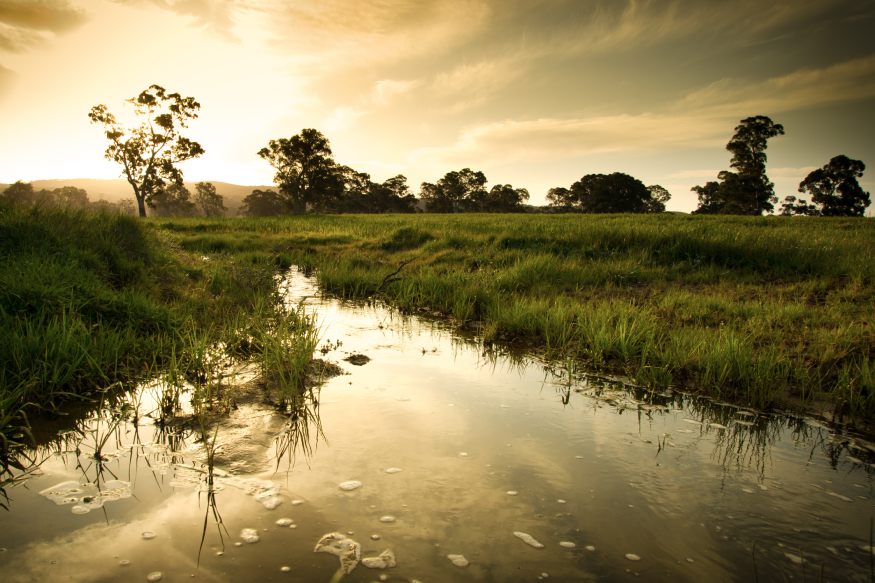
Whether or not you should try to fix your anaerobic soil depends on why it is anaerobic and what you want to do with the land. For example, it’s usually good to amend clay soil or aerate compacted soil to make them more fertile.
Wetlands, in contrast, are terrible for gardeners but great for the planet. Rice, water chestnuts, and a few kinds of berries can grow in wetlands, but realistically if you want to grow food and the vast majority of ornamental plants, you can’t do it in anaerobic soil.
Thinking globally, anaerobic soil is a substantial source of methane, a stinky byproduct when anaerobic bacteria decompose organic matter, which contributes to climate change. (This is usually why your compost pile smells like rotten eggs if you don’t aerate it regularly.) However, wetlands also absorb and store atmospheric carbon.
Even more importantly, wetlands absorb, hold, and gradually release water that would otherwise cause flooding, erosion, nutrient runoff, and other environmental catastrophes. They also filter the groundwater, preventing sewage and other contaminants from flowing into streams and lakes. They may lack aesthetic appeal, but wetlands are one of the most biologically productive ecosystems on the planet.
Should I Fix My Anaerobic Soil?
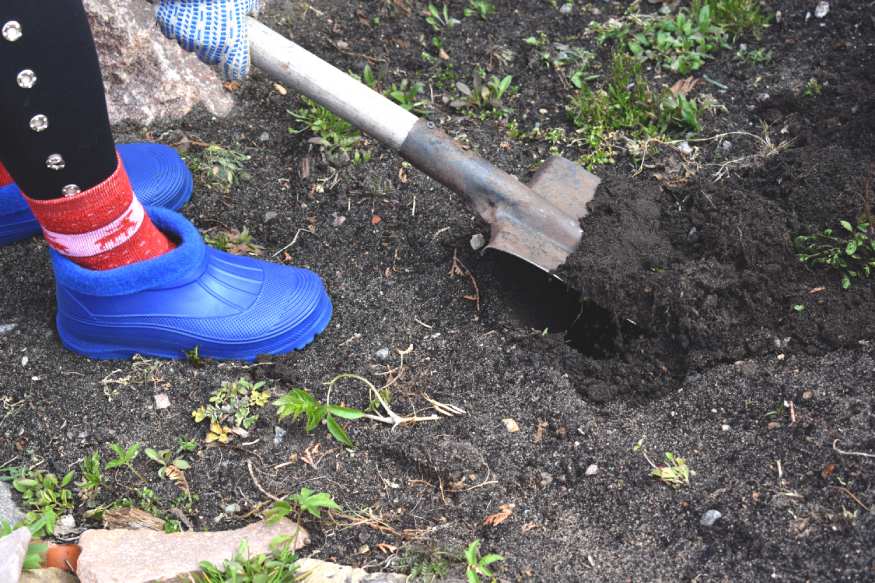
Under some circumstances, you can still fix anaerobic soil. However, improving the soil won’t help if the overall environmental conditions remain the same. If your soil is anaerobic due to compaction, laying down a layer of fresh aerobic soil would be a pointless waste of time and money.
Note: It won’t take long for the new soil to become compacted again after you start driving on it.
Trying to “fix” wetlands is not just pointless but counter-productive. Hurricane Harvey devastated Houston because it is flat and has clay-heavy soil (which drains poorly). Moreover, Harvey developers destroyed 38,000 acres of wetlands in violation of federal policy.
Those wetlands sponged up heavy rainfall, and without them, Harvey’s stormwater had nowhere to go and turned Houston into a swimming pool.
Harvey was Houston’s fourth “500-year flood” in a decade. The two key lessons are that we need to preserve wetlands and that you are fighting a losing war when you try to bend land to your will irrespective of the environmental conditions.
So before you do anything drastic, you should always consider the land you’re working with. Remember, raising a low patch in an otherwise healthy field is one thing, and turning an area that’s marshy half the year into a field of garlic is quite another. If your plan is more like the latter, this may not be the suitable land for your project and vice versa.
How Can I Fix My Anaerobic Soil?
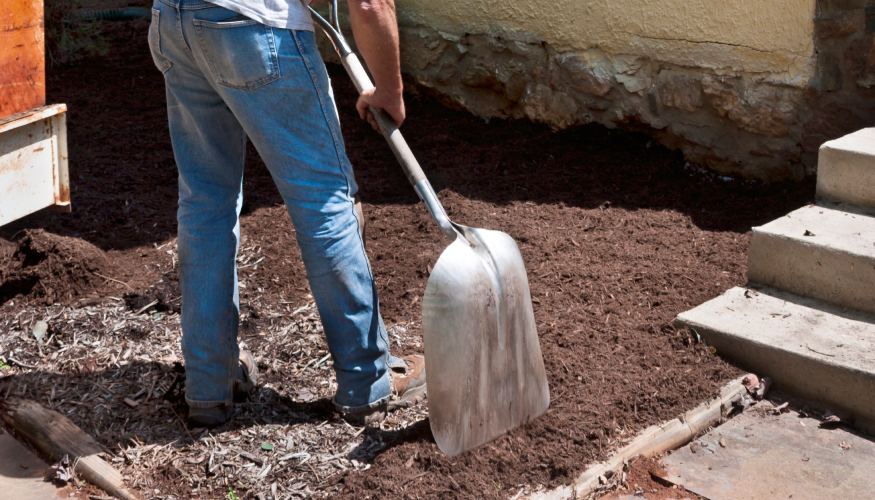
The key to fixing your anaerobic soil is to identify the cause of the anaerobic state, change the environmental conditions that caused it, and then replace or improve the soil.
Addressing Compaction
If your soil is compacted, you need to aerate the soil and change the way the land is used (to avoid re-compaction). To decide on a strategy for the first step, check out our guide to aerating compacted soil.
When you aerate the soil, adding compost or other organic matter is a good idea because you’ll encourage worms and beneficial microorganisms to repopulate the area. Then make sure you stop driving on it or doing whatever caused the compaction in the first place.
Addressing Clay Soil
Having clay in your soil isn’t such a bad thing. It helps soil retain moisture and is full of nutrients that feed your plants. The problem is when your clay level is disproportionately high.
To fix that imbalance, all you need to do is integrate organic matter. A soil test will give you a detailed breakdown and make recommendations, but typically you’ll need to work a couple of inches of organic matter into the top six inches of your soil.
Note: Compost, manure, leaf mold, and other forms of organic matter can improve clay soil.
If clay soil (not the overall environment) is the problem, improving the soil alone will enhance drainage and fix the anaerobic soil problem entirely. However, you may also have a low-lying area of clay that restricts drainage, in which case you’ll need to fix that as well.
Addressing Waterlogged Soil
If you’re dealing with a wetland, the best choice may be to leave it alone. However, if your problem is a limited patch of anaerobic soil in an area of land that is otherwise fertile, it can be fixed.
Fixing waterlogged soil requires creating better drainage. Depending on the location, that may justify one or more of a variety of strategies:
- Divert water that runs off from gutters or higher land onto the waterlogged area
- Use a broad fork to break up a clay layer below the surface
- Install a french drain or use gravel to improve drainage
- Raise the soil level by adding soil, compost, or other organic matter to a depressed area
- Modify the landscape by creating swales to divert the excess water from the planting area
- Raise the planting area by installing raised garden beds
- Plant trees (like willows) to suck up excess water
Once you take care of the drainage, amend the solid with some compost, and you’ll be good to go.
Digging Deep Into Anaerobic Soil
Turning a wetland into a cabbage patch is a recipe for disaster, but in many cases, you can fix anaerobic soil. Just remember that you shouldn’t only fix the soil; you need to improve the conditions that created the anaerobic soil in the first place. With better drainage, your soil will breathe easier and become a healthy ecosystem for your plants.